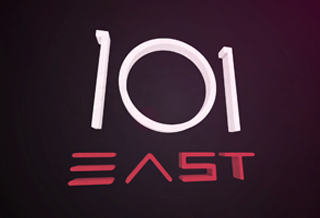
Sumo on the Steppes
Wrestling is a national sport in Mongolia, but now fighters are taking their skills abroad and dominating Japanese sumo.
In the land of Ghenghis Khan, wrestling is a national sport and a 2,000-year-old tradition. ‘Bokh’, as it is known locally, features annually at tournaments across Mongolia.
The biggest such event is the Nadaam Festival, which sees 40,000 wrestlers compete in provinces across Mongolia. The largest of the tournaments is held in the capital Ulaanbaatar, where 500 wrestlers battle it out to be crowned champion.
There are no weight or height divisions in these competitions and fighters must outmaneuvre their opponent with an array of different moves. And with no time limits, the bouts can last for as long as four hours, demanding great levels of endurance.
Now, Mongolia’s wrestlers are using their warrior spirit and fighting skills to conquer Japan’s oldest sport – sumo wrestling. Two grand champions of the sport – Hakuho and Harumafuji – hail from Mongolia, and, along with their compatriots, they are revolutionising sumo by employing more advanced wrestling techniques than their Japanese competitors.
Japan’s Sumo Association has attempted to curtail the dominance of foreign participants and, in 2002, limited the number of foreigners each stable could have to one. But for foreign fighters, sumo often represents a route out of poverty. And with many Japanese shunning the rigorous training required or being lured away by more lucrative sports, some experts predict that Mongolian dominance of a sport tarnished by cheating scandals, drug use and allegations of bullying will continue for years to come.
101 East correspondent Drew Ambrose speaks exclusively to Asashoryu, Mongolia’s first-ever Grand Champion who dominated the sport for three consecutive years.
He won all six major sumo tournaments in a calendar year – an unprecedented feat – but was considered belligerent and aggressive by Japan for his disrespect towards the strict codes that govern sumo and was forced to retire after a raft of controversies.
Many other Mongolian sumos, lured by talent scouts to Japan, also struggle to fit in with the practices of sumo stables. But Mongolian sumo hopeful Seirou Takeshi is working hard to gain weight, learn Japanese and conform to the strict cultural traditions of sumo.
But sumo is not the only outlet for Mongolian wrestling skills and, since Asashoryu’s retirement, many are now looking to harness their fighting skills in Olympic sports like Judo. And some of those taking to the mat are women, who have traditionally been offered few athletic opportunities.
101 East looks at the ancient history of Mongolian wrestling and the country’s current status as sumo world beaters.
Will Mongolia continue to dominate sumo wrestling? Share your thoughts with us: @AJ101East #SumoSteppes
| 101 East airs each week at the following times GMT: Thursday: 2230; Friday: 0930; Saturday: 0330; Sunday: 1630.
Click here for more 101 East |
